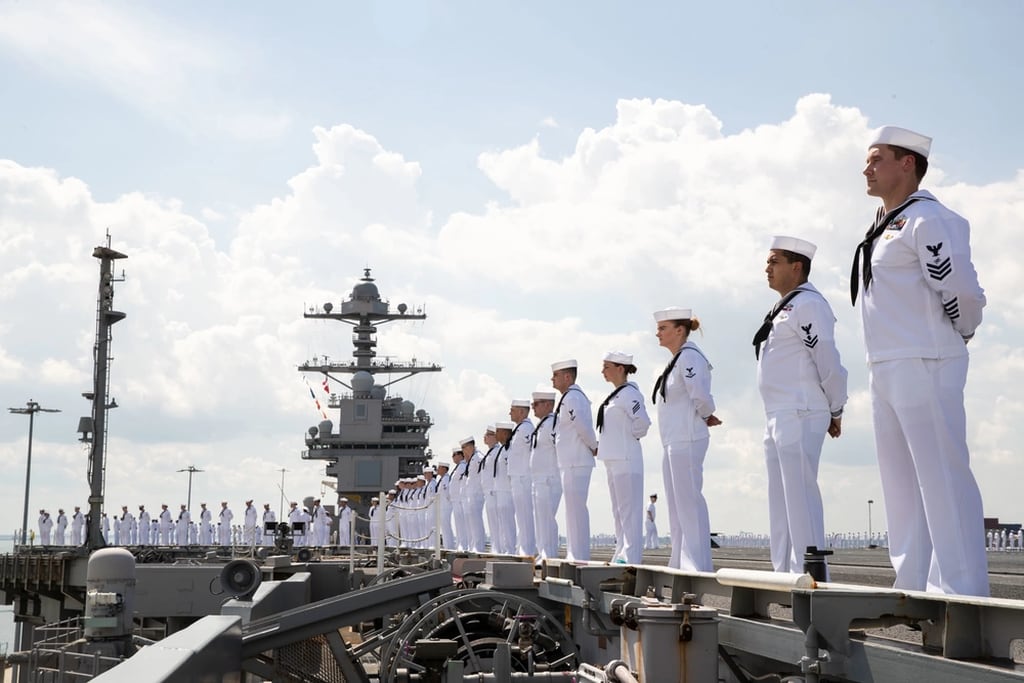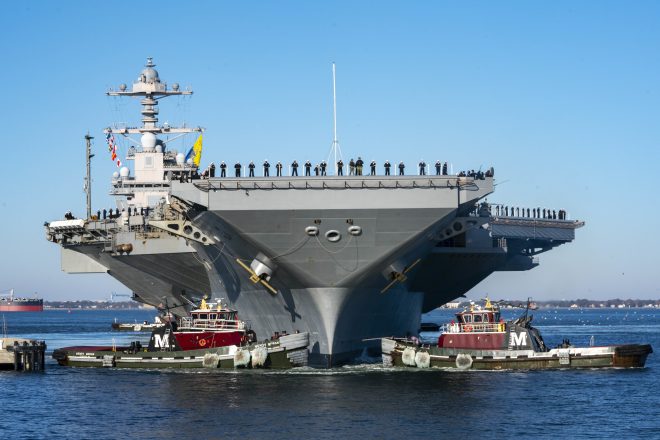Why should the Ford cost more than Nimitz which for its time had state of the art tech.
The Nimitz didn't have state of the Art Tech.
Most of its tech, like the Catapults, elevators, Radars, and like were basically an modification of what was found on the last Carrier.
The JFK.
The newest Tech on the Nimitz was the reactors and eyeah no actually just the reactors.
The Rest of the Nimitz was basically JFK Nuclear boat.
Nimitz basically had the same radars as the JFK, the same Elevators, the same catapults, the same computers, the same power systems, same self defense fitout, mostly the same insides...
Compare that to the Ford that has New Cats, Elevators, Radars, Selt Defense, Computer systems, power systems, a comprehensive redesign of the fucking Insides....
Eyeah dont see any possible reason why the Ford will cost more./sarcasm


